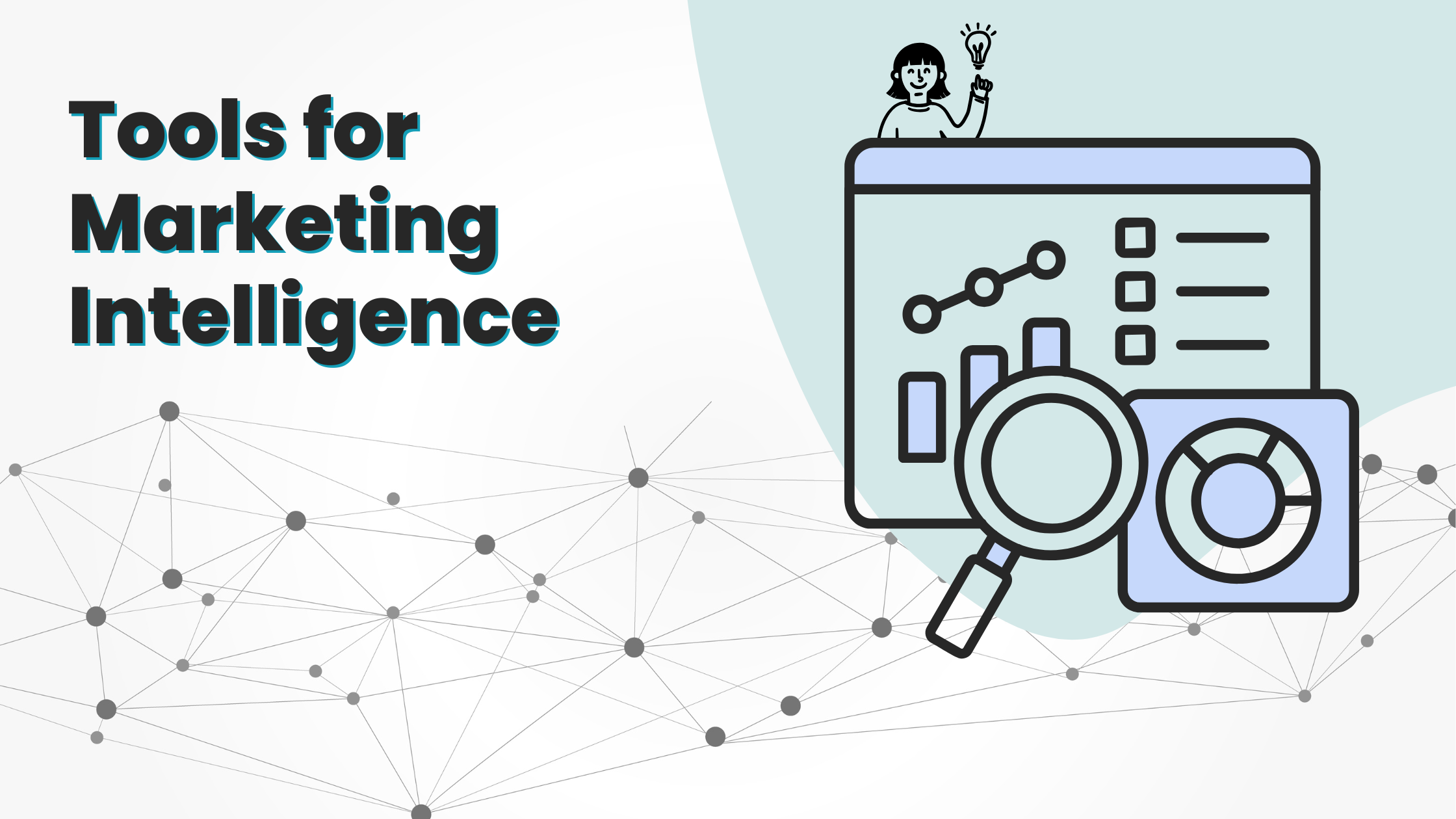
In today’s dynamic and competitive business environment, staying informed about market trends, consumer behavior, and competitor activities is not optional — it’s essential. This is where Market Intelligence (MI) comes into play. Understanding and effectively using market intelligence gives businesses the strategic edge they need to create, adapt, and innovate.
In this blog, we’ll explore what market intelligence is, why it matters, and the tools and strategies that can help you harness its power for long-term business success.

What is Market Intelligence?
Market Intelligence is the process of gathering, analyzing, and applying information about a market — including customers, competitors, and the broader industry landscape — to support informed business decisions. Unlike raw data, market intelligence is actionable and insightful, helping organizations identify opportunities, mitigate risks, and refine strategies.
Key Components of Market Intelligence:
- Competitor Analysis
- Customer Insights
- Market Trends
- Product Intelligence
- Geopolitical and Regulatory Changes
By combining data from multiple sources, businesses gain a well-rounded view of the market, allowing them to plan smarter and act faster.
Why Market Intelligence Matters
Here are several reasons why businesses should prioritize market intelligence in their operations:
-
Better Decision-Making
MI provides a reliable foundation for making data-driven decisions related to product development, pricing, market entry, and strategic planning.
-
Competitive Advantage
By studying competitors’ moves, strengths, and weaknesses, businesses can differentiate themselves and respond quickly to threats or opportunities.
-
Customer-Centric Strategies
Understanding customer needs and preferences helps brands tailor products, services, and messaging to better meet market demand.
-
Early Risk Detection
Market intelligence helps identify potential risks—such as new competitors, economic downturns, or regulatory changes—allowing for proactive planning.
-
Efficiency and Growth
With accurate insights, businesses can allocate resources more effectively, improve ROI, and drive sustainable growth.

Essential Tools for Gathering Market Intelligence
Businesses have access to a wide range of tools to gather and analyze market intelligence. Here are some of the most effective:
-
Survey and Feedback Tools
Platforms like SurveyMonkey, Typeform, and Google Forms help collect direct input from customers and stakeholders, offering firsthand insights into preferences and pain points.
-
CRM and Analytics Platforms
Tools such as HubSpot, Salesforce, and Zoho CRM not only manage relationships but also track customer behavior and forecast trends.
-
Social Listening Tools
Solutions like Hootsuite, Brandwatch, and Sprout Social monitor conversations across social platforms, helping companies understand brand perception and competitor performance.
-
Competitive Analysis Platforms
Platforms like SEMrush, SimilarWeb, and Ahrefs offer visibility into competitors’ digital strategies, including website traffic, SEO performance, and keyword use.
-
Market Research Reports
Databases from Statista, Gartner, Nielsen, and IBISWorld provide comprehensive industry reports, trend analysis, and market forecasts.
-
Web and News Monitoring Tools
Tools like Google Alerts, Feedly, or BuzzSumo track industry news, content trends, and emerging topics in real-time.

Strategies to Build a Strong Market Intelligence Framework
Collecting data is only the first step. Turning data into decisions requires a clear, structured strategy:
-
Define Your Objectives
Start by knowing what you want to achieve — like launching a new product or reaching more customers? Improving customer loyalty? Launching a new product? Your intelligence should align with these targets.
-
Segment Your Audience
Break down your audience based on geography, demographics, behavior, or buying patterns to enable focused and meaningful analysis.
-
Encourage Cross-Department Collaboration
Involve sales, marketing, product development, and customer service teams in gathering and applying insights. Market intelligence works best when shared across functions.
-
Embrace Predictive Analytics
Leverage AI and machine learning to move beyond reporting the past — use data to anticipate future consumer behavior and market shifts.
-
Conduct SWOT Analyses Regularly
Periodically assess your company’s Strengths, Weaknesses, Opportunities, and Threats using updated intelligence to remain agile and relevant.
-
Benchmark Against Competitors
Track your performance in relation to competitors to identify gaps, recalibrate strategies, and redefine your market positioning when needed.
Real-World Example: Netflix
A leading example of market intelligence in action is Netflix. The company doesn’t just analyze what content users watch — it tracks viewing time, device usage, geographic trends, and re-watch behavior. These insights inform decisions about content investment, personalized recommendations, and global market expansion, keeping Netflix ahead of competitors like Disney+ and Amazon Prime Video.
Final Thoughts
In the digital age, market intelligence is a business necessity, not a luxury. It empowers companies to act with confidence, stay ahead of trends, and compete effectively in crowded markets.
To make the most of market intelligence:
- Start with clear goals,
- Use the right mix of tools,
- Build a collaborative culture where insights are shared and applied.
Done right, market intelligence becomes more than just information — it becomes a catalyst for innovation, strategic growth, and long-term success.



1 Comment
[…] In the current competitive online marketing world, just creating content and waiting for the best will no longer cut it. To rise above the noise and claim your place on search engines, you must understand what your competitor is doing—and do it better. With this guide, we’ll show you how to research & outdo your competitor online, step by step. As you can check Top 5 Tools and Strategies for Success. […]